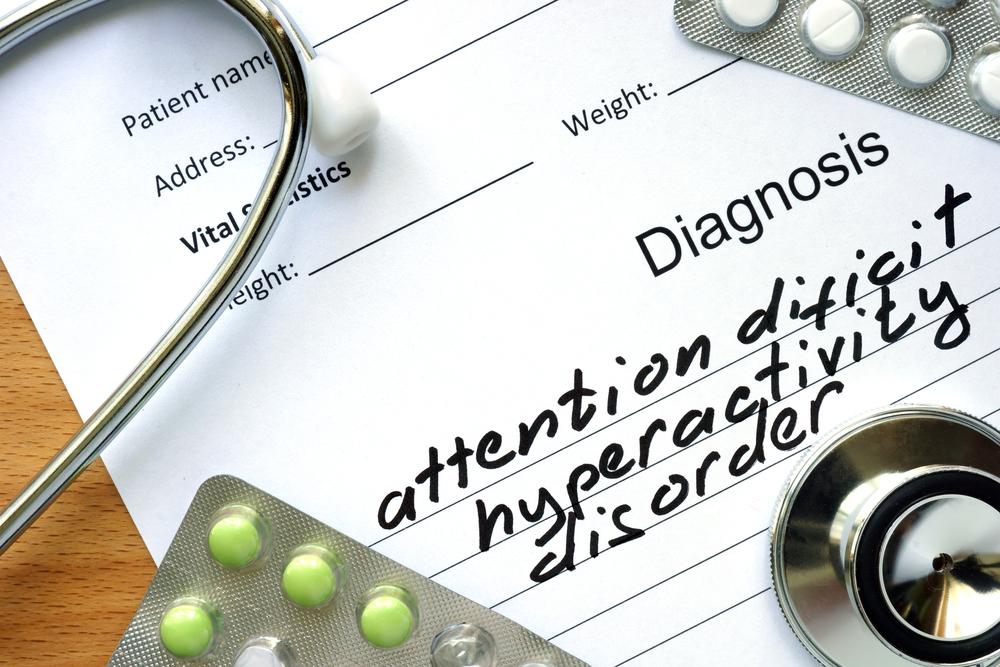Effective Strategies for Managing Adult and Inattentive ADHD
This article offers comprehensive insights into managing ADHD in adults and the inattentive subtype, covering medication options, therapy, behavioral strategies, and practical tips for improving daily life. It emphasizes personalized treatment plans, patience, and professional consultation for effective symptom management, helping individuals lead balanced, productive lives.

Managing ADHD in Adults and Inattentive Subtype
Attention Deficit Hyperactivity Disorder, commonly known as ADHD, is a complex neurological condition affecting neurotransmitter activity across the brain. In adults, treatment often involves medication, therapy, or a combination of both. Behavioral strategies complement medication by reducing distractions and promoting better organization and routine. Successfully managing ADHD requires thorough research, planning, and perseverance.
Consult your healthcare provider early to explore available options. If you’re already on medication, discuss additional therapies such as behavioral therapy or nutritional guidance. Non-medication approaches include working with specialists like psychologists or nutritionists to tailor a treatment plan.
You and your doctor can develop a personalized treatment plan that may include medications, therapy, educational resources, and family support. These interventions aim to improve daily functioning, boost confidence, and enhance overall well-being.
Medications such as stimulants—Adderall, Concerta, Vyvanse, and Ritalin—are commonly prescribed for adult ADHD and effectively manage symptoms. Non-stimulant options like Strattera are also approved. The treatment duration varies based on individual needs. Cognitive Behavioral Therapy (CBT) helps modify negative thought patterns and emotional reactions, improving self-esteem and coping skills. Brain-training therapies like neurofeedback are also effective in enhancing focus and reducing impulsivity. Patience and consistent monitoring are key to successful management.
Approaching ADHD treatment involves trial and observation. Keep detailed records of progress and consult professionals before making changes. Adding or maintaining multiple approaches can be vital, as results often require time to manifest.
Inattentive ADHD primarily causes distractibility and difficulty processing information. Individuals may struggle to stay focused due to environmental disruptions. Treatment includes medications such as stimulants, atomoxetine, antidepressants, and non-drug therapies like behavioral and family counseling. Self-help techniques—organizing routines, managing time, reducing stress—are also beneficial.
If your child has inattentive ADHD, a healthcare provider may recommend medication alongside strategies like positive reinforcement, daily routines, and minimizing distractions. The goal is to reduce symptoms and support functional behavior, enabling individuals to lead fulfilling lives despite their lifelong condition.










